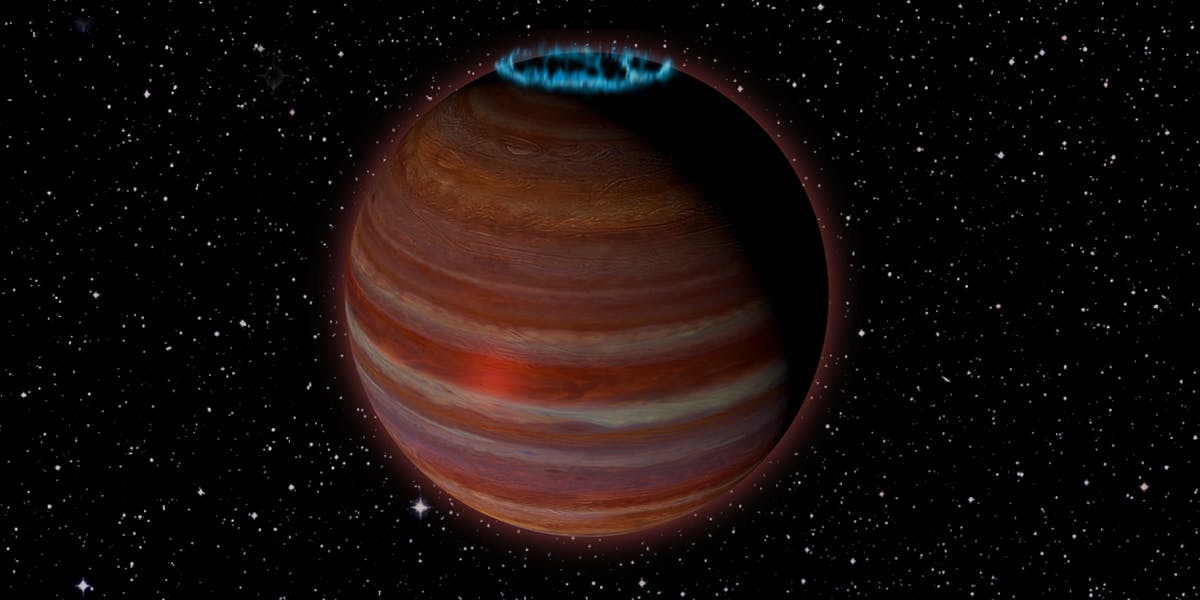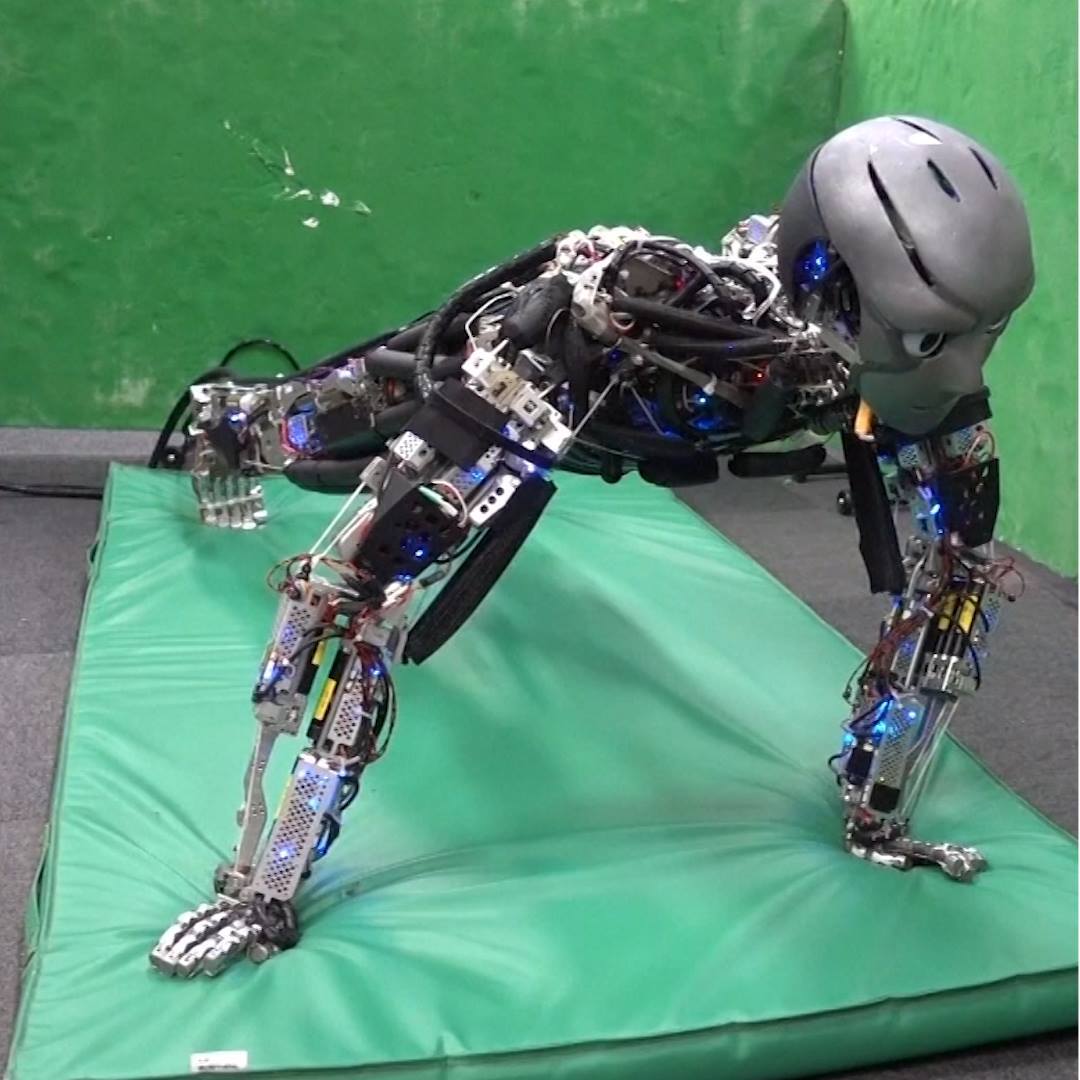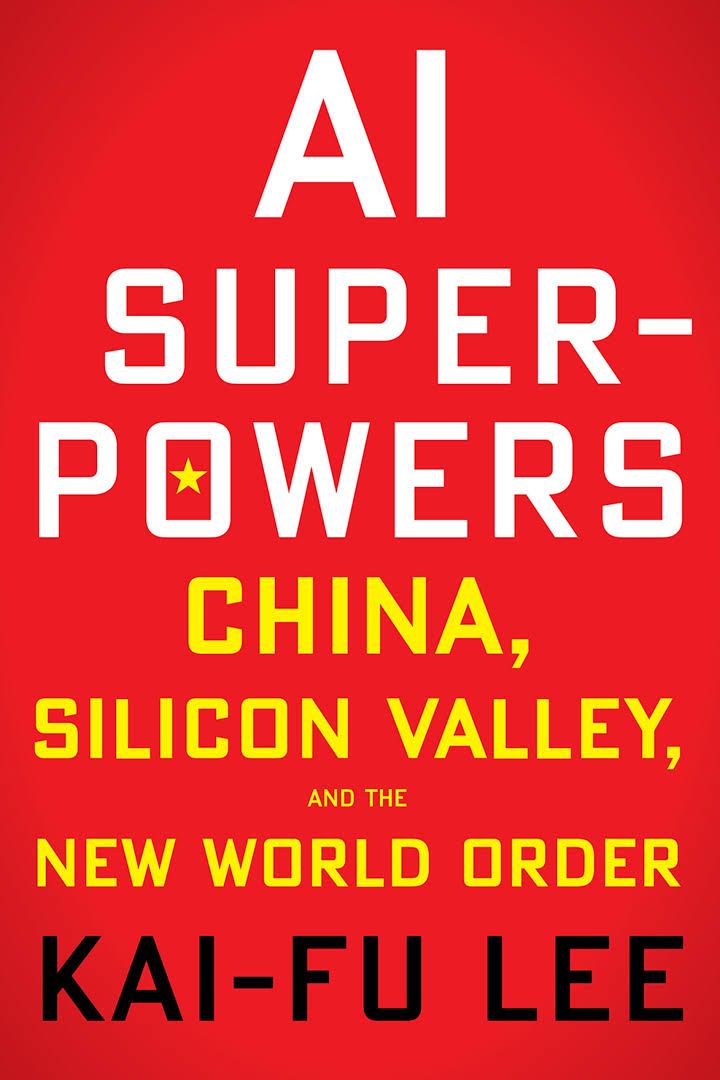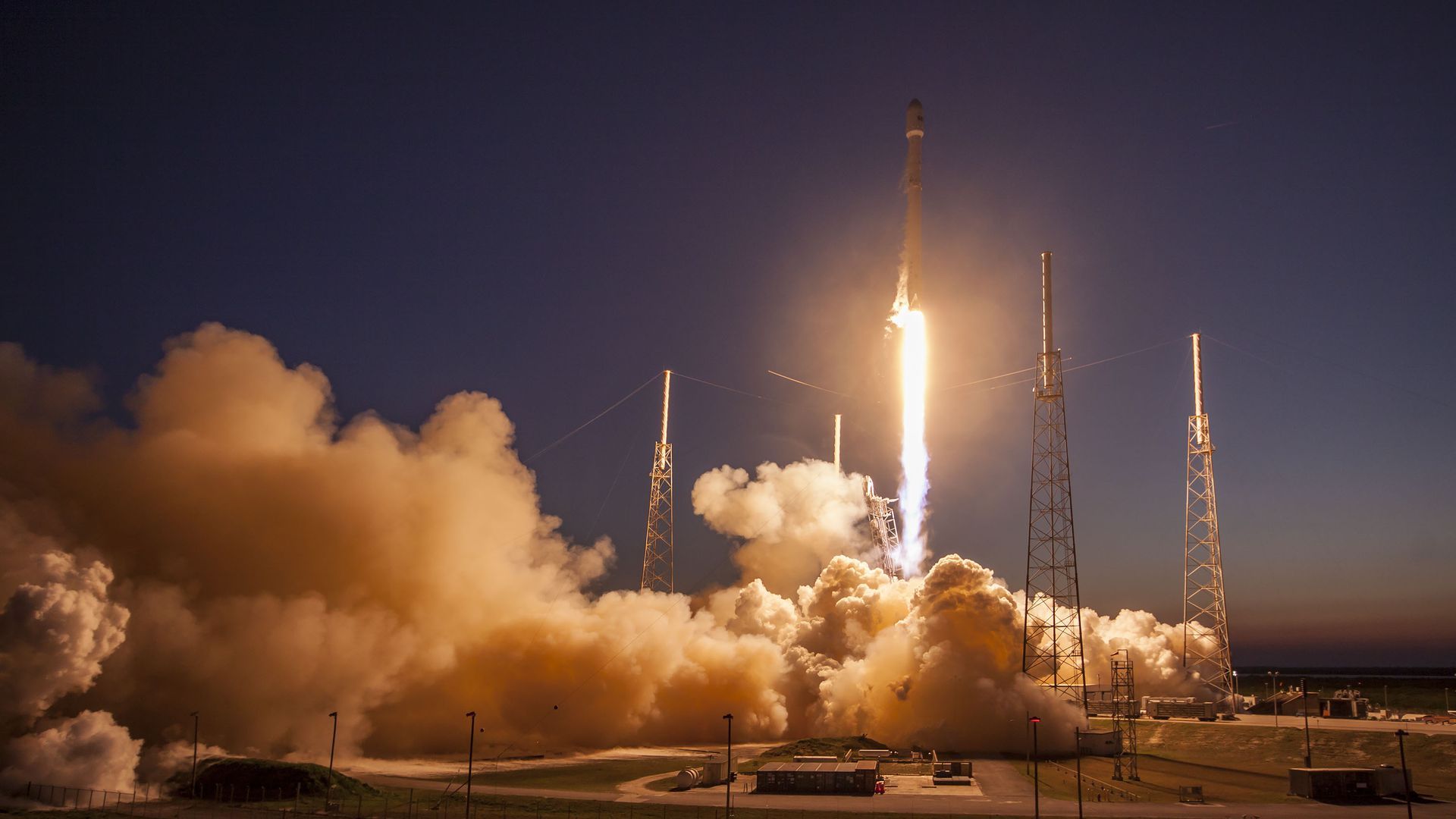Page 9307
Aug 5, 2018
Scientists Discover a Giant Rogue Planet Bumbling Around Space
Posted by Michael Lance in category: space travel
What a dumb planet.
Not all who wander are lost, but that might be the case for a newly discovered rogue planet. Scientists have found evidence of a giant planetary mass outside our solar system that appears to be traveling without any sort of set orbit or parent star.
This bumbling fool of a planet was first discovered by astronomers using the National Science Foundation’s Karl G. Jansky Very Large Array (VLA). From the radio astronomy observatory, scientists were able to pick up its magnetic activity and study it, the findings of which were made public on Thursday. It’s the first time the observatory’s radio-telescope detection was able to pick up a planetary-mass object beyond our solar system.
Continue reading “Scientists Discover a Giant Rogue Planet Bumbling Around Space” »
Aug 5, 2018
Japanese exercise robot could help us understand our bodies
Posted by Michael Lance in categories: health, robotics/AI
Click on photo to start video.
The data captured helps better understand human movement.
This Japanese robot can do push-ups, play badminton, and could help us better understand our bodies.
Aug 5, 2018
Aparente explosión en acto de Maduro genera confusión
Posted by Michael Lance in category: military
Aug 5, 2018
AI, China, Data, Good Thinking, and our Fall Conference
Posted by Klaus Baldauf in categories: futurism, robotics/AI
What is happening with the future of AI, and how will it alter geopolitics? That’s the kind of question that motivates our company, and our preparation for our fall conference. China looks strong. Beijing-based computer scientist, investor, and author Kai-Fu Lee will be one of several interpreters.
Aug 5, 2018
Facebook’s chief AI scientist says that Silicon Valley needs to work more closely with academia to build the future of artificial intelligence
Posted by Derick Lee in categories: biotech/medical, law, robotics/AI
That’s what we are after, with AI. Understanding intelligence in machines, animals and humans, is one of the great scientific challenges of our times and building intelligent machines is one of the greatest technological challenges of our times. No single entity in industry, academia or public research has a monopoly on the good ideas that will achieve these goals. It’s going to take the combined effort of the entire research community to make progress in the science and technology of intelligence.
Facebook is taking an unusual recruitment model championed in law and medicine and applying it to artificial intelligence — and it’s working.
Aug 4, 2018
Astronomers Finally Understand 170-Year-Old Stellar Eruption
Posted by Genevieve Klien in categories: materials, space travel
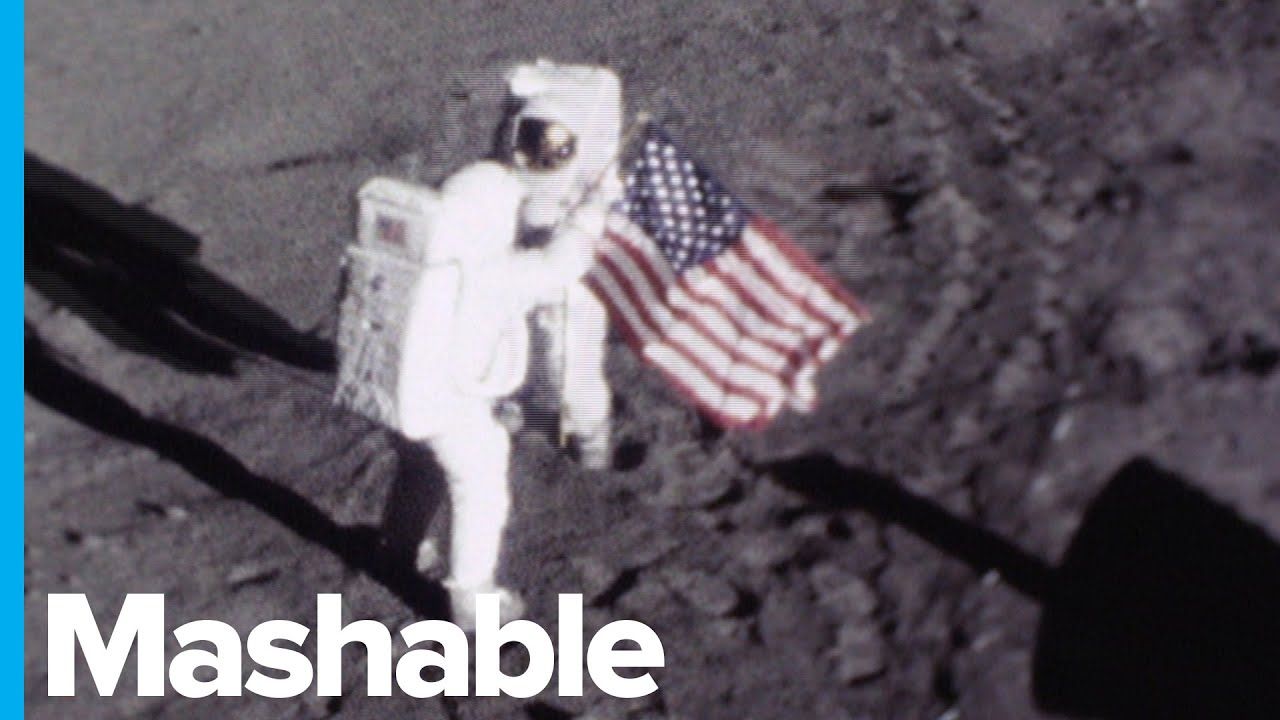
Data collected from the Gemini South telescope in Chile has shed light on a nearly-200-year-old stellar eruption.
Gemini spectroscopy shows that ejected material from the blast was the fastest ever seen from a star that remained intact.
Continue reading “Astronomers Finally Understand 170-Year-Old Stellar Eruption” »
Aug 4, 2018
Britain looks to bring commercial rocket launches to home soil
Posted by Genevieve Klien in categories: government, habitats, space travel
The British government is preparing to launch its first commercial rocket from the country by 2021, and has upped its funding and partnerships with American companies to do so, reports CNBC.
The details: Lockheed Martin has already been allotted the largest chunk of UKSA’s (United Kingdom Space Agency) funding, receiving over $30 million “to develop an orbital launch site for small rockets in Melness, Scotland.” The company told CNBC, “[t]he launcher will be a flight-proven, dedicated small sat vehicle.” Richard Branson’s Virgin Orbit also locked in a deal with UKSA “to launch its LauncherOne rocket from Cosmic Girl,” and plans to be the first to launch a commercial rocket from the island in the next three years.
Read more toggle.
Continue reading “Britain looks to bring commercial rocket launches to home soil” »
Aug 4, 2018
On Using Hyperopt: Advanced Machine Learning
Posted by Genevieve Klien in categories: information science, robotics/AI
In Machine Learning one of the biggest problem faced by the practitioners in the process is choosing the correct set of hyper-parameters. And it takes a lot of time in tuning them accordingly, to stretch the accuracy numbers.
For instance lets take, SVC from well known library Scikit-Learn, class implements the Support Vector Machine algorithm for classification which contains more than 10 hyperparameters, now adjusting all ten to minimize the loss is very difficult just by using hit and trial. Though Scikit-Learn provides Grid Search and Random Search, but the algorithms are brute force and exhaustive, however hyperopt implements distributed asynchronous algorithm for hyperparameter optimization.
Aug 4, 2018
Scientists Discover the Great Pyramid of Giza’s Design Can Concentrate Electromagnetic Energy
Posted by Genevieve Klien in categories: energy, physics
Researchers from St Petersburg’s ITMO University in Russia and Laser Zentrum Hannover in Germany have discovered a fascinating phenomenon regarding the design of the Great Pyramid of Giza.
A theoretical investigation published in the Journal of Applied Physics on July 20 2018 reveals the chambers within the Great Pyramid can “collect and concentrate electromagnetic energy.” Scientists looked at the “excitation of the pyramid’s electromagnetic dipole and quadrupole moments,” or the combinations of outgoing and incoming electromagnetic waves, to determine its capacity for electromagnetic focus. Using numerical simulations to deduce their findings, the research team found that under certain conditions, the pyramid’s internal chambers and the area under its base (where the third, unfinished chamber is located) can concentrate this energy.
Modern physics has provided unprecedented insight into the secrets of the pyramids, which were constructed around 2560 BC. For instance, cosmic ray-based imaging (also known as muon tomography) has been used to see further into the depths of these ancient structures, illuminating a previously unknown “large void” that humans haven’t encountered in several millennia.

